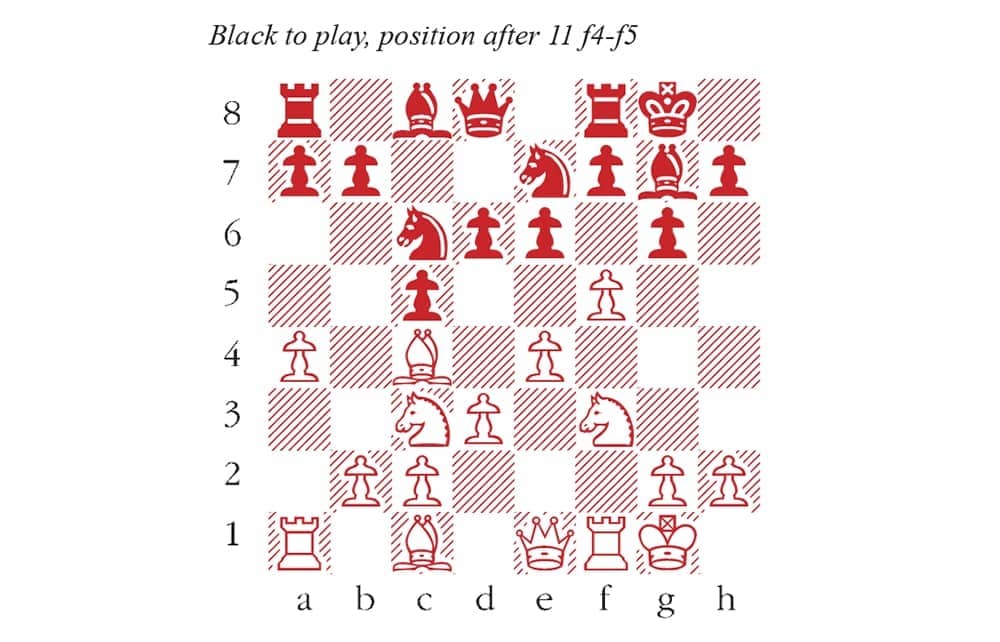Judit Polgar, the strongest female player of all time, conducted an enchanting interview in the commentary room during the Chennai Olympiad. Her interviewee was Charvi Anilkumar, an eight-year-old girl from Bangalore. Asked about her dreams and ambitions, she announced confidently, ‘I need to play in men’s section and I need to be a grandmaster, and world champion!’ Polgar was evidently delighted and expressed her hope to one day see Charvi playing alongside men in the Open section of a future Olympiad.
When she was an active player, Polgar was the top-ranked woman in the world from the age of 12, but she avoided women’s tournaments. Her pursuit of stronger opposition saw her peak at no. 8 on the international rating list. A certain school of thought holds that segregated events (and even titles) are detrimental for the players’ long-term development, since their incentives and ambitions are artificially curtailed. Alas, I strongly suspect that is true for some players, though in a chess world where women and girls are so drastically underrepresented, the overall widening of opportunities is a clear net positive.

Get Britain's best politics newsletters
Register to get The Spectator's insight and opinion straight to your inbox. You can then read two free articles each week.
Already a subscriber? Log in






Comments
Join the debate for just $5 for 3 months
Be part of the conversation with other Spectator readers by getting your first three months for $5.
UNLOCK ACCESS Just $5 for 3 monthsAlready a subscriber? Log in